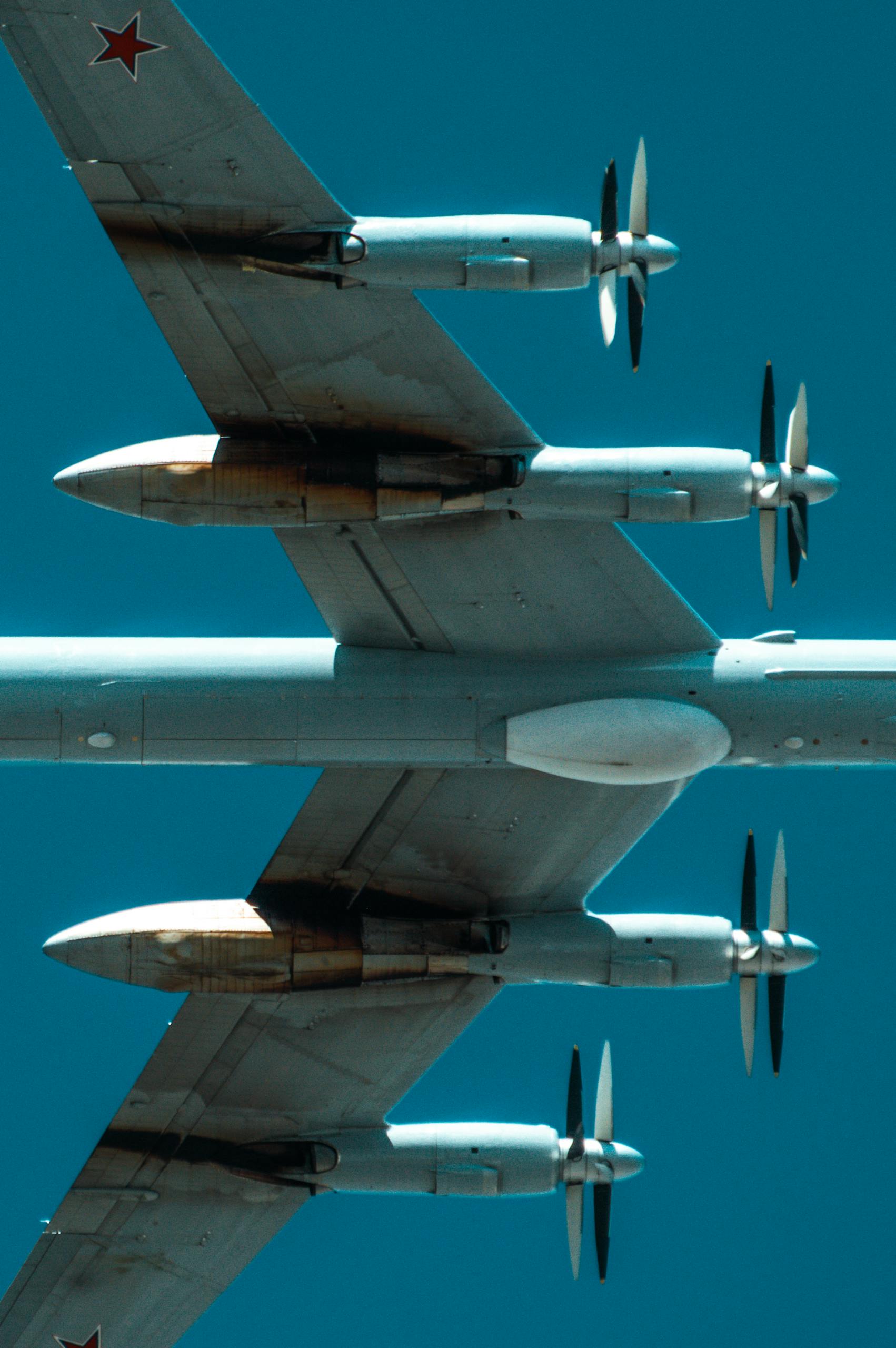Intercepting Russian Aircraft Over the Baltic: A Joint Effort
Did you know that in recent months, the Baltic region has seen a significant increase in aerial activity, prompting a strategic military collaboration?
In this article, we delve into the successful interception of Russian aircraft, the coordination between the Dutch, Finnish, and Swedish air forces, and the broader significance of these actions in ensuring the Baltic’s security. Whether you’re a defense enthusiast, policy maker, or concerned citizen, this comprehensive analysis provides valuable insights into the mechanisms safeguarding our skies.
Heightened Aerial Activity in the Baltic Region
The Baltic Sea has historically been a strategic gateway between Eastern and Western Europe. In recent years, the region has witnessed an uptick in military aircraft movements, raising concerns among bordering nations.
Increase in Russian Aircraft Presence
Russian military operations have seen a notable increase in the number of sorties over the Baltic states. According to recent data from NATO, there has been a 25% rise in Russian aircraft patrols since early 2024.
Reasons Behind the Surge
- Geopolitical tensions with NATO countries
- Strategic positioning near critical maritime routes
- Testing NATO’s response capabilities
Implications for Regional Security
The increased presence of Russian aircraft poses potential threats to the sovereignty and security of Baltic states. It also raises concerns about the escalation of military engagements in the region.
Potential Risks
- Unauthorized territorial incursions
- Espionage and intelligence gathering
- Accidental military confrontations
- Significant increase in Russian military aircraft over the Baltic
- Heightened risk to regional airspace security
- Necessity for coordinated defense responses
Collaborative Defense Efforts Among NATO Allies
In response to the rising threat, Dutch, Finnish, and Swedish air forces have ramped up their collaborative defense measures, ensuring a swift and unified response to any unauthorized aircraft incursions.
Joint Interception Operations
The recent interception involved a coordinated effort where fighter jets from the Netherlands, Finland, and Sweden simultaneously engaged a Russian aircraft violating Baltic airspace.
Operation Details
On April 20, 2024, the interception was executed within minutes of detection, showcasing the efficiency of joint protocols and communication channels among the participating nations.
Integrated Communication Systems
Effective communication is the backbone of successful joint operations. These nations have developed robust communication networks to facilitate real-time information sharing and decision-making.
Technology Utilized
- Secure military communication channels
- Advanced radar and tracking systems
- Real-time data sharing platforms
The Strategic Importance of the Baltic Airspace
The Baltic Sea region is not only geographically significant but also holds strategic military importance for both regional and global powers.
Geopolitical Significance
The Baltic region serves as a crucial maritime route connecting Russia with Europe, making it a focal point for military and economic activities.
Key Maritime Routes
- Access to the North Sea
- Proximity to major European capitals
- Entry point for naval vessels to the Baltic fleet
Economic Implications
Control over the Baltic airspace ensures dominance over trade routes and access to valuable maritime resources.
Impact on Trade
Disruptions in airspace security can lead to delays and increased costs in shipping and trade, affecting the broader European economy.
Enhancing Regional Defense Capabilities
Strengthening defense capabilities is essential to counteract potential threats and ensure the safety of European airspace.
Modernizing Air Forces
Investments in advanced fighter jets and surveillance systems are pivotal in maintaining a robust defense posture.
Recent Acquisitions
- Deployment of next-generation interceptor jets
- Upgrading radar and satellite monitoring systems
- Implementing cutting-edge cyber defense mechanisms
Training and Joint Exercises
Regular joint military exercises enhance interoperability and readiness among allied air forces.
Benefits of Joint Training
- Improved tactical coordination
- Enhanced mutual understanding of operational procedures
- Faster response times in real-world scenarios
Future Outlook: Strengthening European Airspace Security
As geopolitical tensions continue to evolve, the necessity for a unified and proactive defense strategy remains paramount.
Expanding Collaborative Initiatives
Future plans include expanding joint defense initiatives beyond current alliances, incorporating more European nations into the security framework.
Potential Partners
- Estonia
- Latvia
- Lithuania
Leveraging Technology and Intelligence
Advanced technologies and shared intelligence play a crucial role in preempting and countering aerial threats effectively.
Innovative Solutions
- AI-driven threat detection systems
- Enhanced cybersecurity protocols
- Collaborative drone surveillance
- Unified defense strategies are crucial for regional security
- Technological advancements enhance threat detection and response
- Expanding collaborations strengthen overall defense mechanisms
Stay Informed and Engaged
Understanding the dynamics of regional security is essential for all stakeholders. Stay updated with the latest developments and contribute to discussions on maintaining peace and stability in the Baltic region.
Frequently Asked Questions
1. Why is the Baltic Sea region strategically important?
The Baltic Sea serves as a crucial maritime route connecting Russia with Europe, making it vital for both military and economic activities.
2. How do joint interceptions enhance regional security?
Joint interceptions ensure a swift and coordinated response to unauthorized aircraft, deterring potential threats and maintaining airspace integrity.
3. What technologies are used in modern aerial interceptions?
Advanced radar systems, secure communication networks, and AI-driven threat detection tools are integral to effective interception operations.
4. How can civilians contribute to regional airspace security?
Civilians can stay informed, report unusual aerial activities to authorities, and support policies that promote regional security cooperation.
Related Topics


